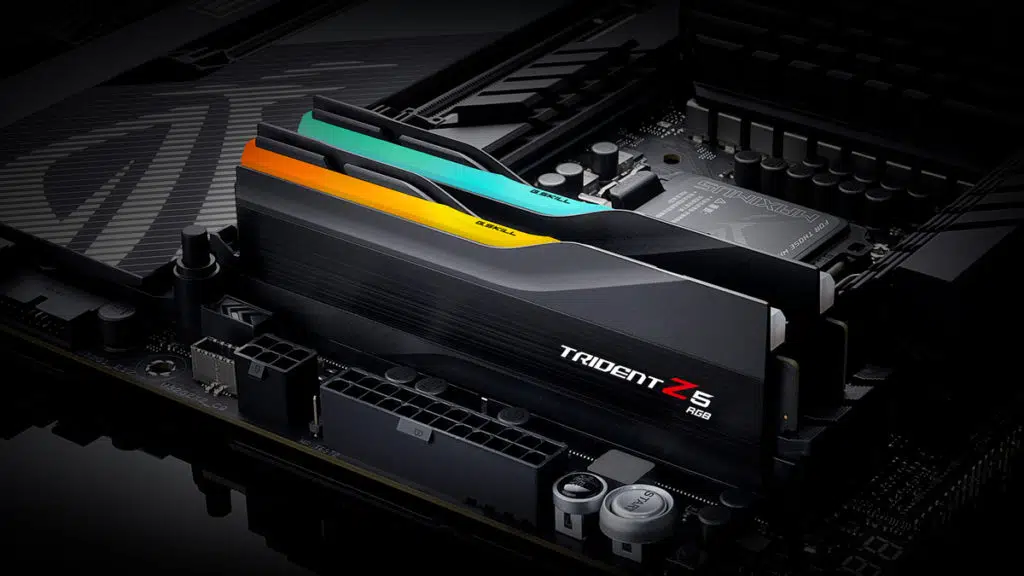DDR6, the next generation of double data rate SDRAM memory, will feature speeds of anywhere from 8.8 Gbps to 17.6 Gbps—or, quite possibly, as high as 21 Gbps—according to new presentations shared by JEDEC, the group that describes itself as the global leader in developing open standards for the microelectronics industry. This is a substantial improvement over the current generation, DDR5, which is typically listed with data rates of 4,000 to 8,400 Gbps.
The current plans for DDR6 include:
- Timeline
- Initial Draft: 2024
- 1.0 spec: Q2 2025
- Data Rates
- 8.8 Gbps to 17.6 Gbps
- “Possible extension till 21 Gbps”
- Additional notes
- Signaling standard PAM vs NRZ not yet discussed
- Preliminary conversation pointing towards NRZ
DDR speeds compared:
- DDR4: 1,600 to 3,200 Gbps
- DDR5: 4,000 to 8,400 Gbps
- DDR6: 8,800 to 21 Gbps
The original word from JEDEC, per @DarkmontTech:
HELLLOOOO NURSE pic.twitter.com/Eq7mVEHnqq
— Darkmont (@DarkmontTech) May 21, 2024
LPDDR6 has also been teased, featuring speeds of up to 14.4 Gbps:
— Darkmont (@DarkmontTech) May 21, 2024
JEDEC on LPDDR6:
JEDEC’s JC-42.6 Subcommittee for Low Power Memories is developing the next generation of its popular LPDDR memory standard: LPDDR6. To significantly boost memory speed and efficiency for a variety of uses including mobile devices and AI, development plans for LPDDR6 include a focus on Increasing Bandwidth: To support AI applications and HPC use cases, various highfrequency enablers are being considered; Lowering Power Usage: LPDDR6 will continue to reduce power as compared to the prior version of the standard; and Enhanced RAS (Reliability, Availability and Serviceability) to improve security and performance.

